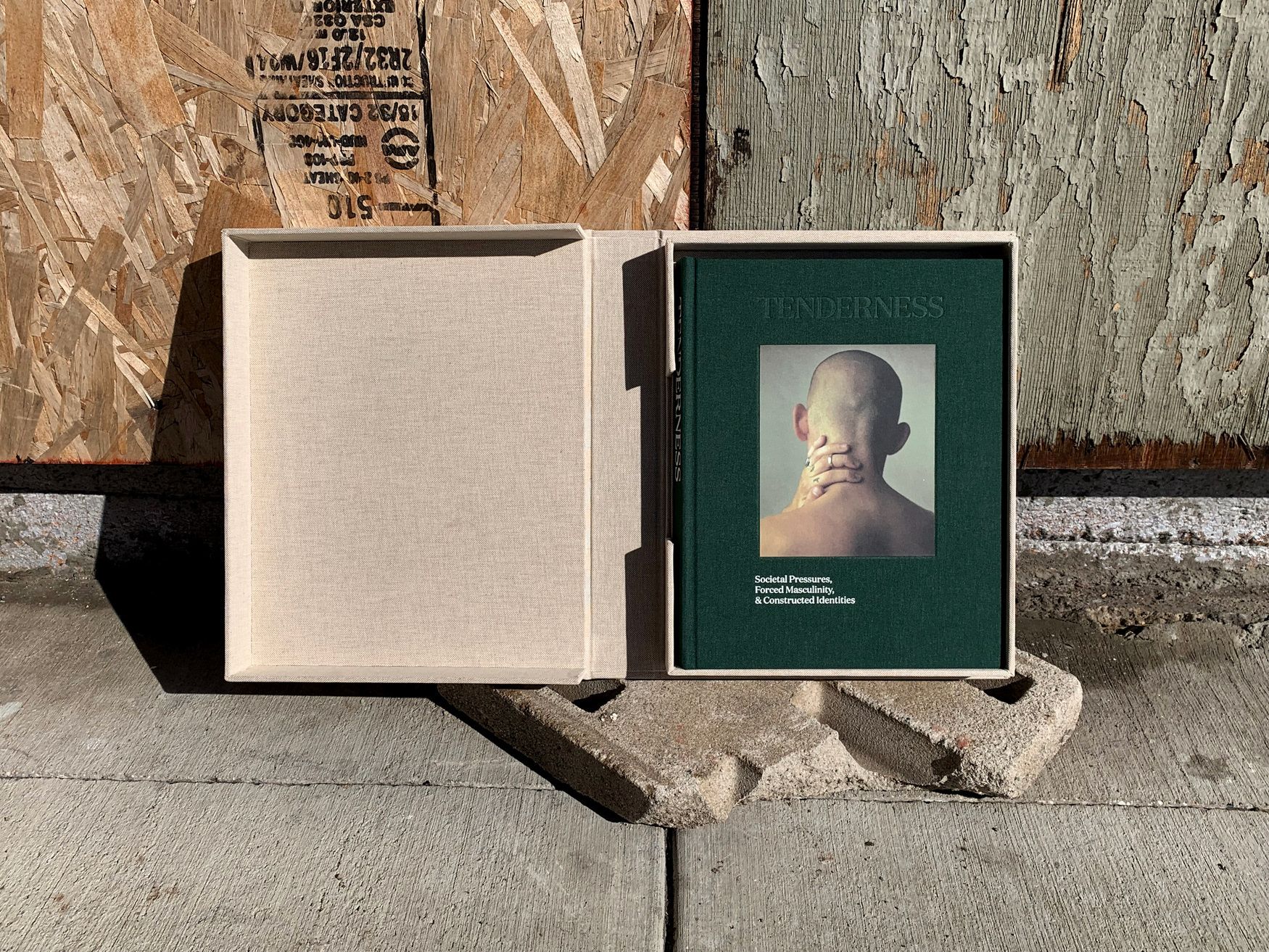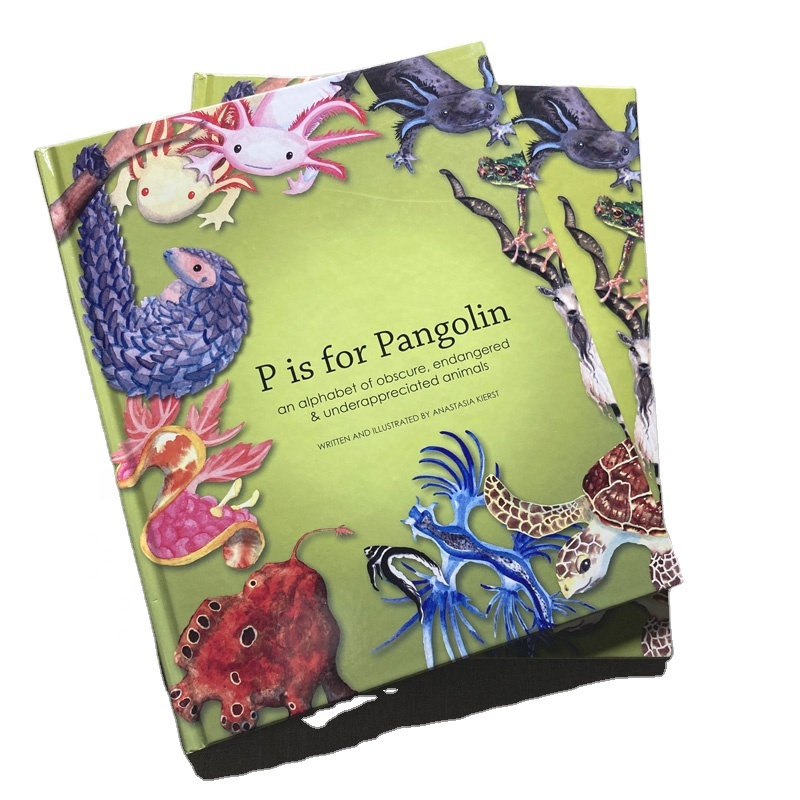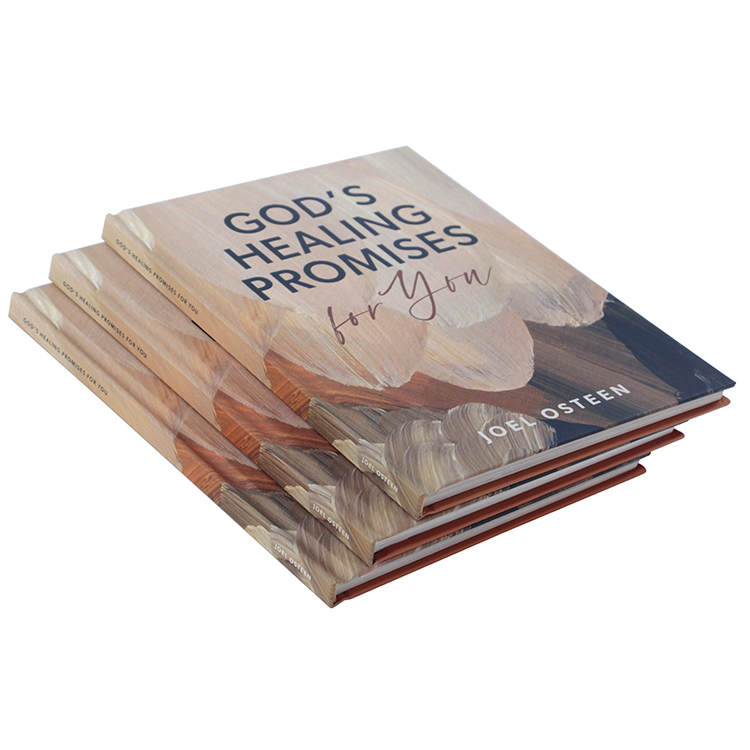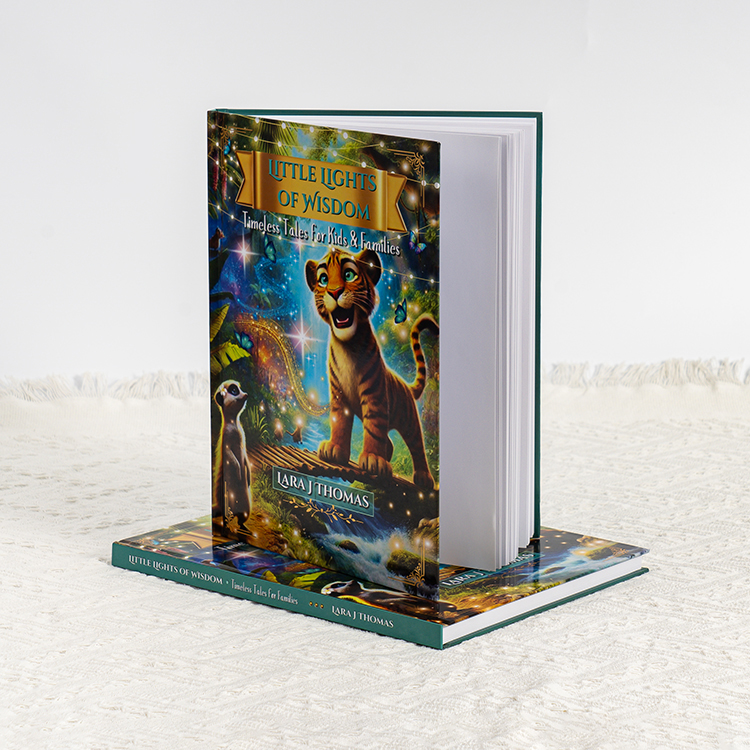How To Make A Custom Luxury Coffee Table Book Printing
At Booksprinting, with over 20 years of expertise in offset printing and bookbinding, we are excited to guide you through the intricate journey of creating a custom luxury coffee table book. Whether you’re a seasoned publisher, an aspiring independent author, or an artist with a vision, our mission is to support you from the initial idea to the beautifully finished product. In this article, we’ll cover every essential step, ensuring your coffee table book is not only visually captivating but also a true reflection of your unique narrative.
Inhaltsverzeichnis
The Continued Popularity of Coffee Table Books
Coffee table books have remained a staple in homes worldwide, continuing to thrive in both sales and cultural significance. Their allure lies in their ability to serve as both decorative pieces and sources of inspiration. These books invite conversations, offer insights into various themes—be it art, travel, or fashion—and often become treasured keepsakes. The appeal of a custom-made coffee table book goes beyond aesthetics; it allows for personalization and storytelling that resonates with readers on a deeper level.
Why Are They Still in Demand?
The popularity of coffee table books can be attributed to their dual purpose: they are both functional and decorative. In an age dominated by digital media, tangible books offer a tactile experience that screens cannot replicate. Their visual nature makes them perfect for leisurely browsing, allowing readers to connect with the content without the commitment of a traditional book. Furthermore, as people increasingly seek ways to express their individuality and tastes, custom coffee table books provide an excellent avenue for personal expression.
Key Components of a Coffee Table Book
Understanding Visual vs. Textual Balance
A coffee table book distinguishes itself from other large-format books through its emphasis on visuals. Typically, these books feature stunning photography or illustrations paired with minimal text—often limited to a few sentences per two-page spread. This design encourages a casual browsing experience, where the reader can immerse themselves in the visuals without the cognitive load of dense text.
Image-to-Text Ratio
When designing your book, consider the ideal image-to-text ratio. A common approach is to have full-page or double-page spreads dedicated to striking images, accompanied by brief, engaging captions or contextual information. This format not only maintains visual interest but also allows the reader to appreciate the artistry without feeling overwhelmed.
Gaining Inspiration
To create a truly remarkable coffee table book, immerse yourself in existing works. Visit bookstores, galleries, and libraries to explore various styles and themes. Take notes on elements like layout, paper quality, and unique features—these observations will inform your own design decisions. Consider asking yourself the following questions:
- What types of images resonate with you?
- How do different books balance imagery and text?
- Are there specific design elements that capture your attention?
Defining Your Book's Theme
Identifying Your Target Audience
Before diving into the creative process, it’s crucial to understand who will be flipping through your coffee table book. Your target audience will influence the book’s theme, style, and content. Whether your focus is on art enthusiasts, travel lovers, or culinary aficionados, tailoring your book to their preferences ensures a more engaging experience.
Researching Audience Preferences
Conducting research on your audience’s interests will guide your content creation. For instance, if your book centers around travel, consider what destinations or experiences are trending. Gathering insights through surveys, social media interactions, or discussions with potential readers can help you refine your concept and make it more appealing.
Curating Content
Deciding on the content of your coffee table book is one of the most significant steps in the process. Your book should not be merely a collection of images; it should convey a narrative. Possible themes could include:
- An illustrated poetry collection that merges imagery with your verses.
- A travelogue featuring stunning photographs and anecdotes from your journeys around the globe.
- A cookbook showcasing personal recipes alongside culinary photography.
- A family memoir documenting your heritage with historical photographs.
Ensure that your content aligns with your chosen theme, creating a cohesive experience for the reader. Curating your images thoughtfully can create a compelling visual narrative that guides the reader through your book, sparking curiosity and conversation.
Designing Your Coffee Table Book
Utilizing Design Software
For those comfortable with design software such as Adobe InDesign, CorelDraw, or Microsoft Publisher, you can begin laying out your book. However, if you’re inexperienced or pressed for time, consider collaborating with a professional designer. They can ensure that your vision is realized effectively, incorporating your ideas while adhering to printing specifications.
Collaboration with Printers
Engaging with your printing partner early in the design process is beneficial. At QinPrinting, we assign a dedicated consultant to your project, providing insights on layouts, fonts, paper choices, and printing techniques. This collaboration can streamline the process and help you avoid common pitfalls.
Elements of Successful Book Design
An effective coffee table book must captivate its audience from the moment they see it. Consider the following elements to enhance your book’s appeal:
- Größe und Format: Popular dimensions for coffee table books range from 8 inches square to larger formats like 11.24 by 13.5 inches. Choose a size that conveys importance while remaining manageable for readers.
- Covergestaltung: The cover should reflect the theme and style of your book. Options like embossed titles, textured finishes, or minimalist designs can all attract attention. Think of it as the first impression that invites readers to explore further.
- Quality Materials: Opt for high-quality paper and robust binding. Glossy finishes can enhance vibrant imagery, while matte surfaces can add a touch of sophistication. Consider incorporating unique features like silk ribbons or color-threaded headbands for an extra layer of elegance.
Creating a Mock-Up
Once you have a design draft, create a digital mock-up. Focus on the cover, a single page, and a double-page spread. This allows you to experiment with layout options and make necessary adjustments. Seek feedback from trusted friends, family, or peers in your network to refine your designs further.
Testing Layout Variations
When finalizing your layout, aim for variety while maintaining a consistent style. Avoid repetition by alternating full-page images with text-heavy pages. Explore different arrangements to keep the reader engaged. Consider drawing inspiration from renowned coffee table books, analyzing how they achieve visual dynamism.
Abschluss
Creating a custom coffee table book is a fulfilling journey that allows you to blend creativity with storytelling. By understanding design principles, curating compelling content, and implementing effective marketing strategies, you can produce a stunning final product that captures the hearts of your readers. At QinPrinting, we are dedicated to guiding you through each stage, ensuring your vision becomes a beautifully realized reality.
FAQs
1. What is the typical cost for printing a coffee table book?
The cost of printing varies significantly based on factors such as size, page count, paper quality, and binding style. Generally, you can expect prices to range from $3 to $150 per copy, depending on your specifications and order volume. It’s wise to discuss your budget with your printing partner to explore options that align with your goals.
2. How many images should be included in a coffee table book?
While there are no strict rules, a good guideline is to aim for a balanced mix of images and minimal text. A common approach is to include around 70-80% visuals, allowing for engaging imagery to dominate each spread. The focus should be on showcasing high-quality images that complement the text, ensuring a visually appealing experience.
3. How do I ensure my coffee table book stands out in a crowded market?
To differentiate your book, focus on unique design elements, high-quality materials, and a compelling narrative. Personal touches, like limited editions or custom artwork, can enhance the exclusivity of your offering. Additionally, engaging
Buchdruck
Neue Produkte
Letzter Blog
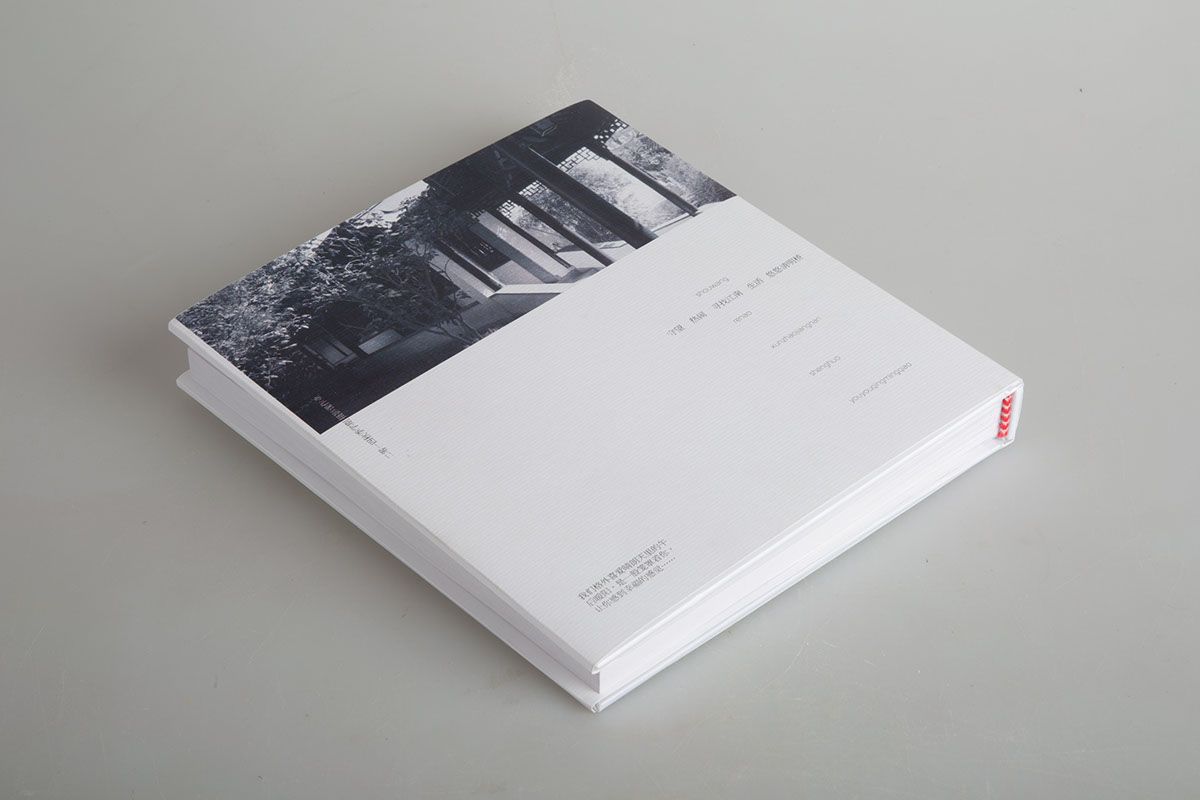
Wie viel kostet das Drucken eines Bildbandes?
Bildbände sind mehr als bloße Dekorationsstücke; sie sind künstlerischer Ausdruck, der Fotografie, Kunst und persönliche Geschichten präsentiert.
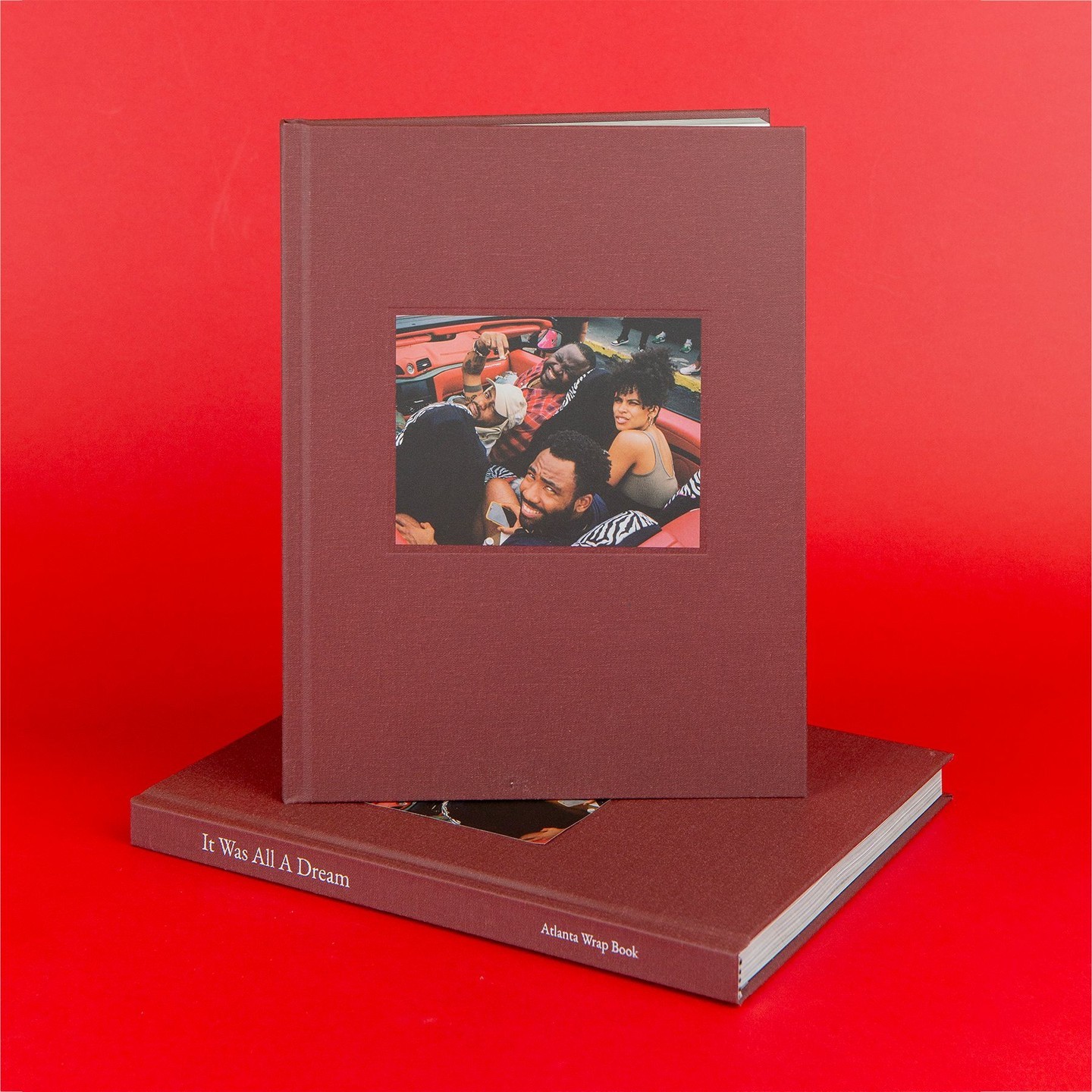
Wie viel kostet die Erstellung eines Fotobuchs
Die Erstellung eines Fotobuchs ist eine ideale Möglichkeit, Erinnerungen zu bewahren, wichtige Momente im Leben zu feiern oder sogar einem besonderen Menschen ein einzigartiges Geschenk zu machen. Viele Menschen fragen sich jedoch: „Wie viel kostet die Erstellung eines Fotobuchs?“ Die Kosten für die Erstellung eines hochwertigen Fotobuchs können je nach verschiedenen Faktoren erheblich variieren.
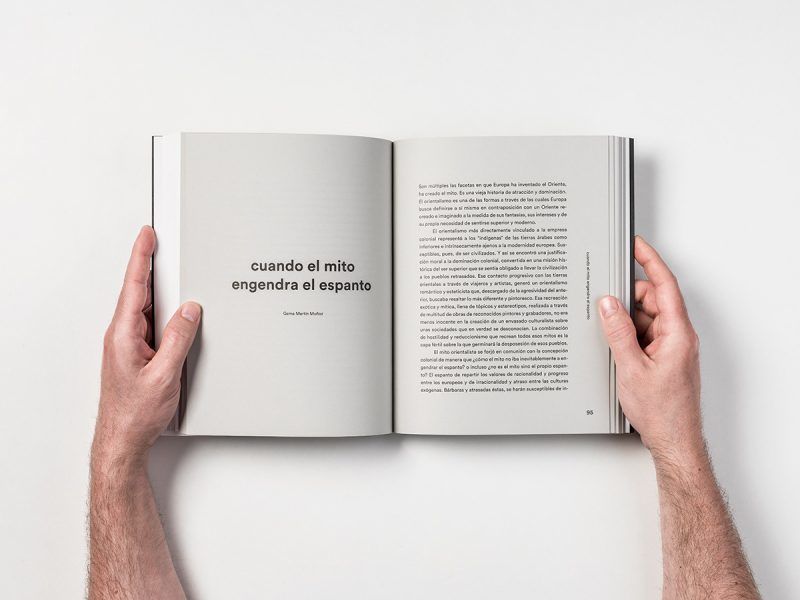
Wie viel kostet es, ein 300-seitiges Buch zu drucken?
Das Drucken eines Buches ist für Autoren, Verleger und Unternehmen gleichermaßen ein aufregendes Unterfangen. Um jedoch sicherzustellen, dass Ihr Projekt im Budget bleibt, ist es wichtig, die mit dem Drucken eines 300-seitigen Buches verbundenen Kosten zu kennen.
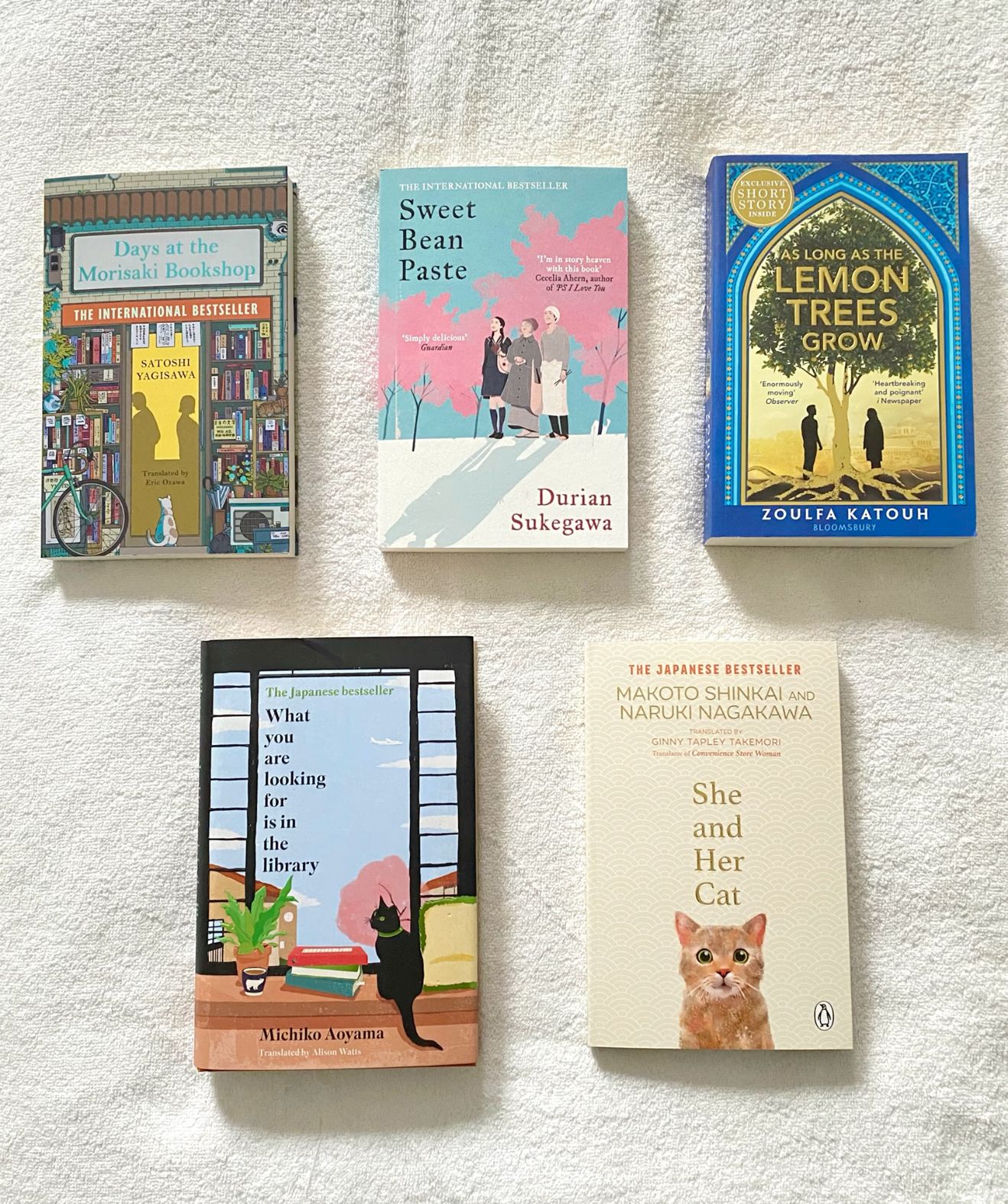
In welchem Land werden Bücher am günstigsten gedruckt?
Wenn Sie sich in die Selbstveröffentlichung stürzen, wird eines Ihrer Hauptanliegen darin bestehen, kostengünstige Optionen für den Buchdruck zu finden
Kontaktieren Sie uns
- +86 13946584521
- info@booksprinting.net
- 8:00 - 22:00 Uhr (Mo - So)
Kommentare
Verwandter Blog
Finden Sie die neusten Trends und allgemeines Wissen im Buchdruckgeschäft.
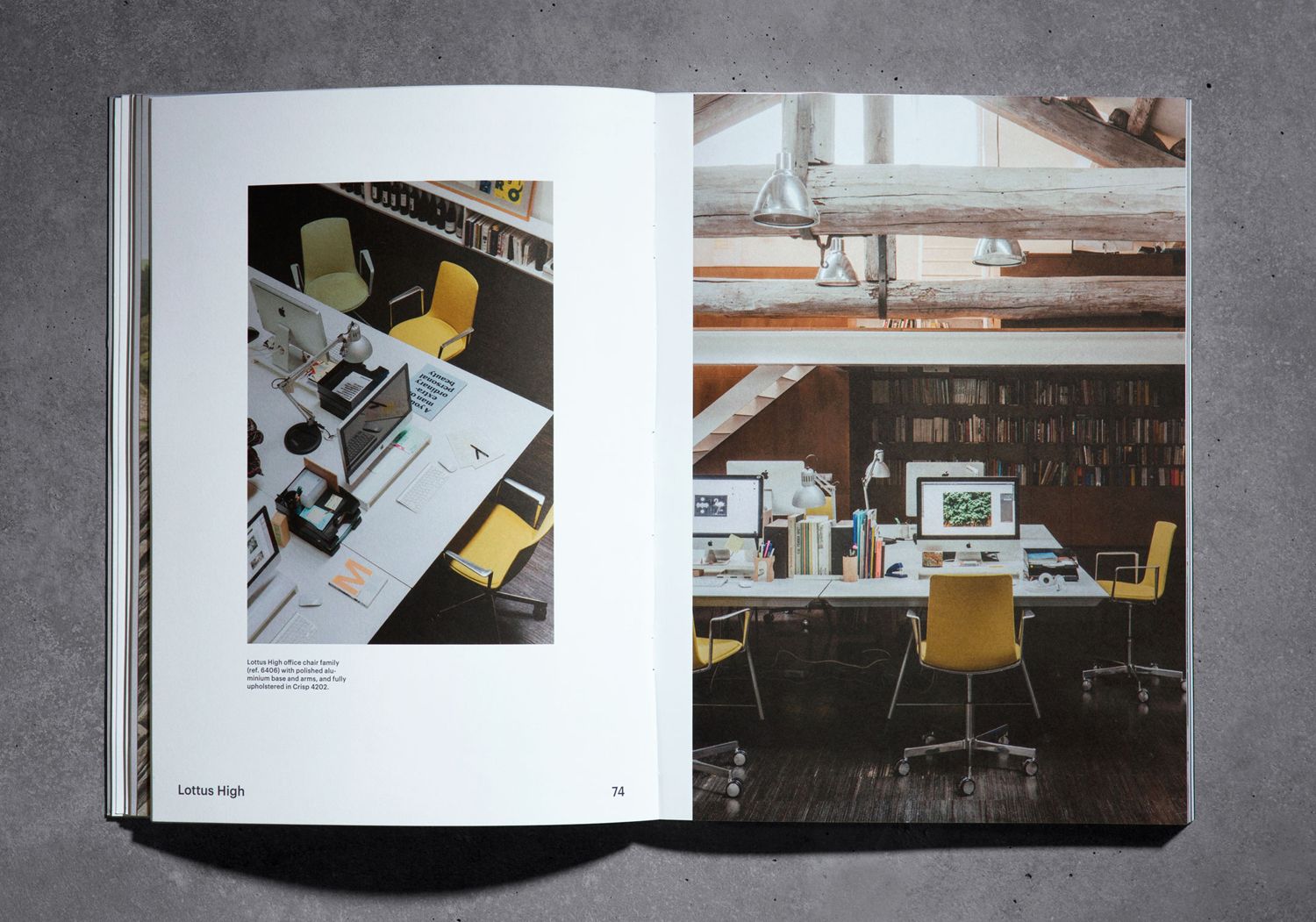
Wie hat der Druck die Buchkosten gesenkt?
In der sich ständig weiterentwickelnden Welt des Verlegens ist es für das Erreichen eines größeren Publikums unabdingbar, Bücher erschwinglich zu machen.
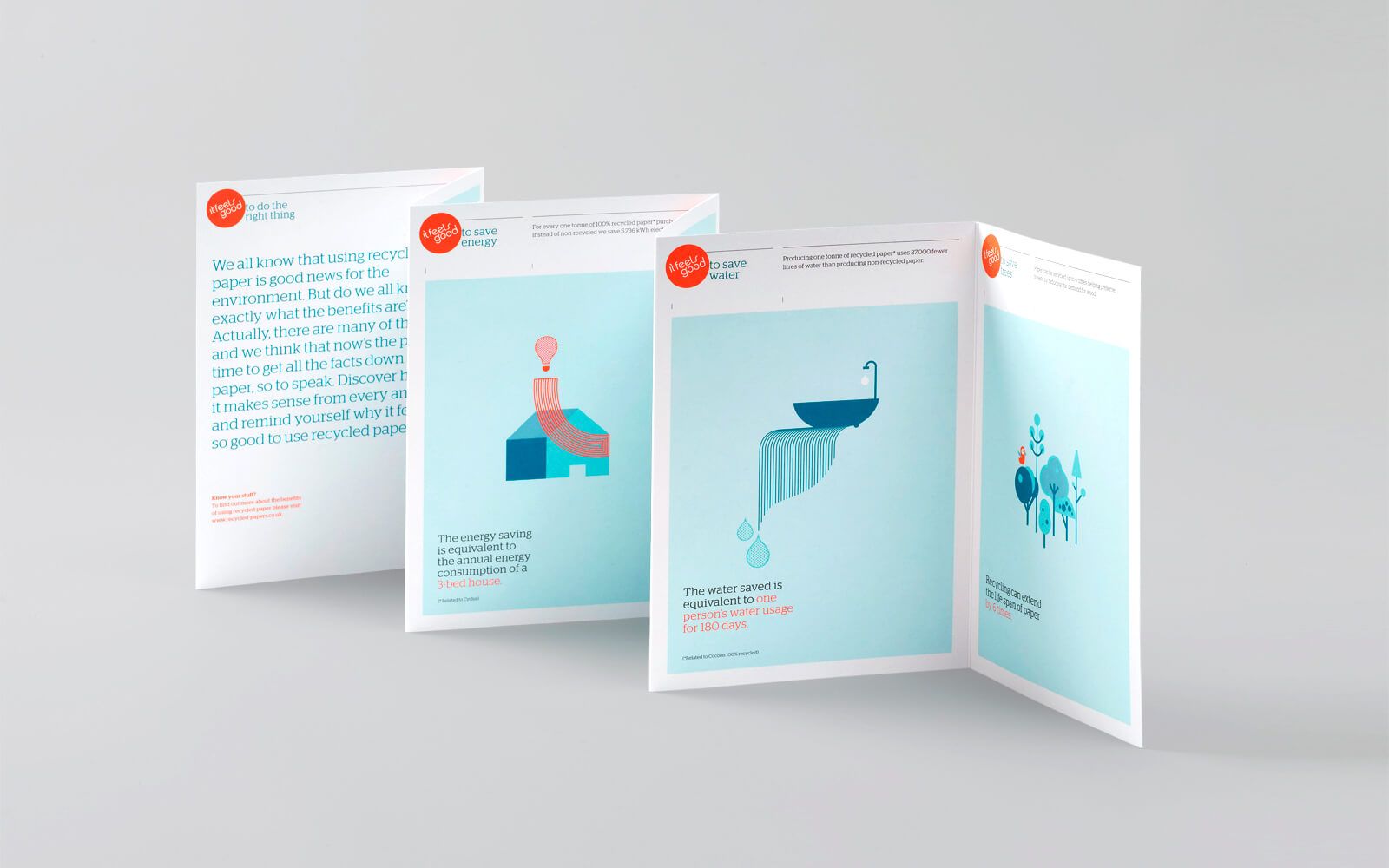
Günstigster Weg, eine Broschüre in CHINA zu drucken
Der Broschürendruck ist ein vielseitiges Werkzeug, um Ihre Botschaft effektiv zu vermitteln, egal ob Sie für ein Produkt werben, Freiwillige motivieren,
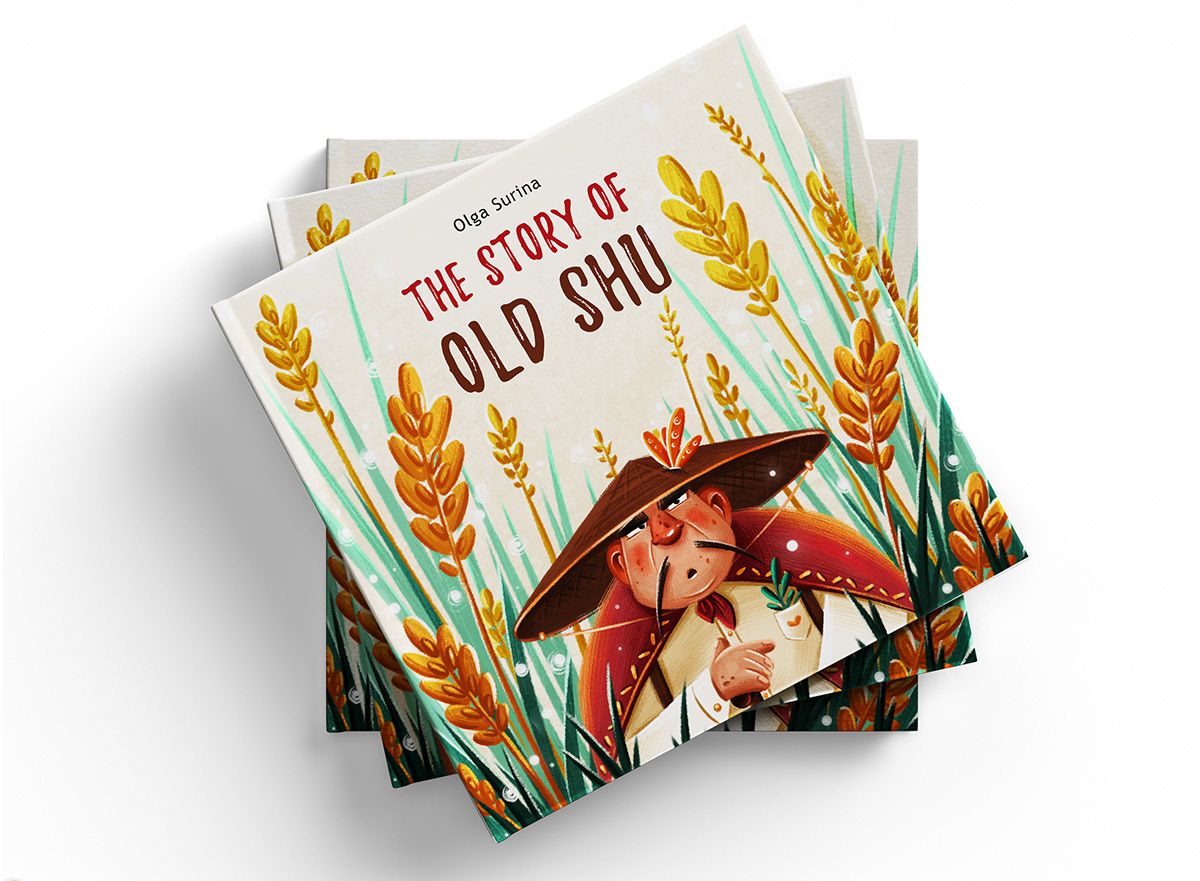
Was kostet der Druck eines Kinderbuches?
Die Veröffentlichung eines Kinderbuchs ist eine spannende Reise, die es Autoren ermöglicht, Geschichten zu erzählen, die Vorstellungskraft zu fördern und junge Menschen zu bilden.
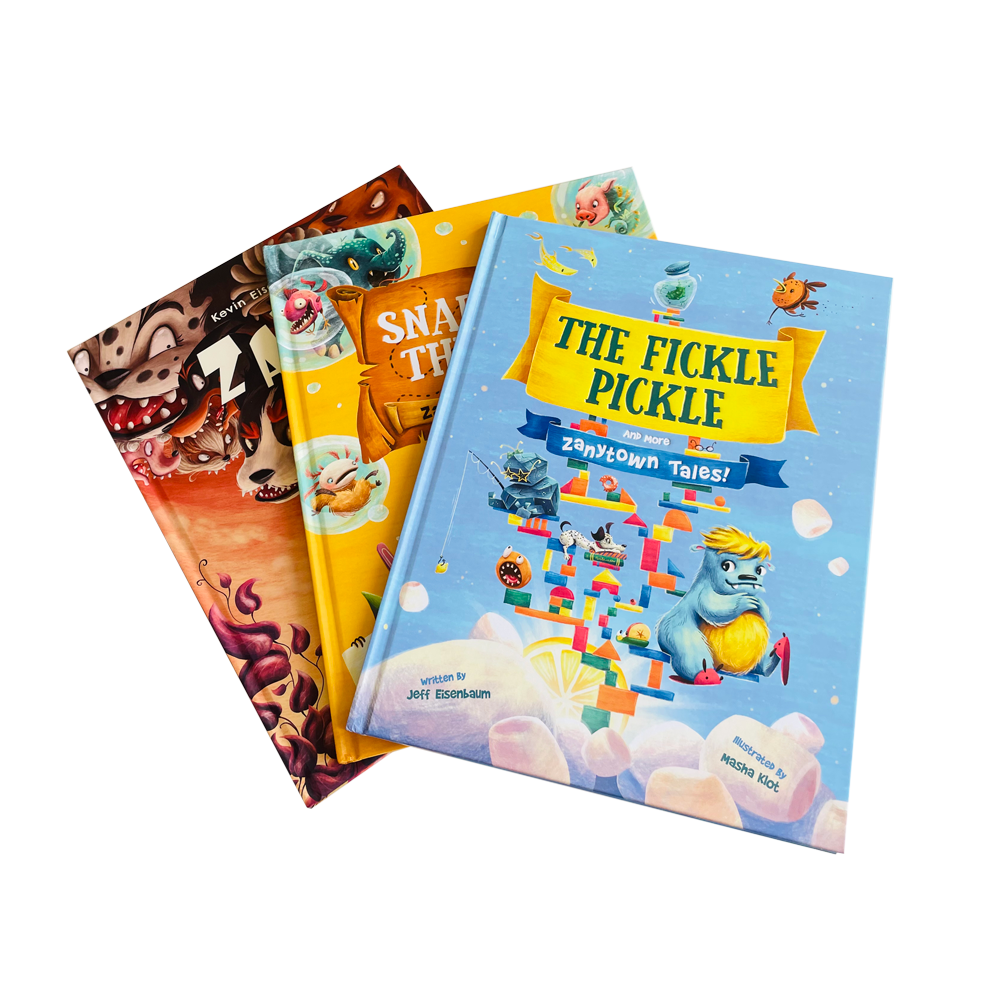
Warum waren gedruckte Bücher beliebt?
Bei der Gestaltung eines Kinderbuchs kommt es auf jedes Element an – insbesondere auf die Wahl des Papiers. Die Wahl der richtigen Papiersorte kann das Aussehen eines Buches verbessern,

